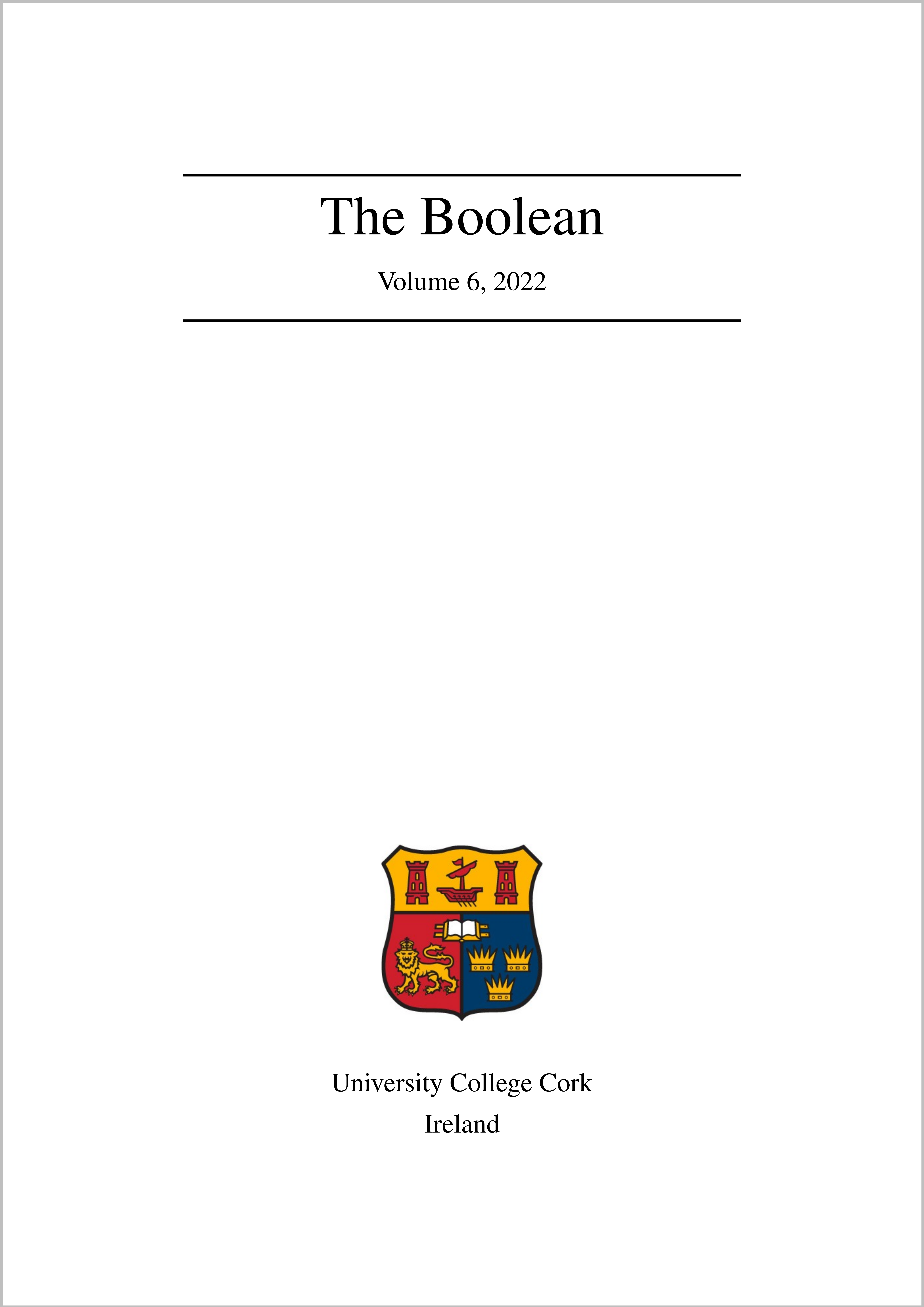Quantum Control: Teaching Schrödinger’s cat to compute the impossible
DOI:
https://doi.org/10.33178/boolean.2022.1.8Keywords:
Quantum mechanics, Quantum control, Quantum computingAbstract
Quantum mechanics has revolutionised the way we understand the world around us, and has already produced technologies that have had an enormous impact on our daily lives. From medical imaging such as MRI to the mobile device in your pocket, quantum physics has played a key role in their design and manufacture. As our understanding of quantum physics has matured, a second generation of quantum technologies are now becoming a reality. This second generation of quantum technology pushes even further the boundary of what is possible, from new sensors that measure beyond classical limits, to quantum computers that can solve problems no classical computer can. However, a major roadblock to developing these new technologies is fast and stable quantum control. Of the many quantum control techniques available, analytic techniques have several advantages. Our research has extended a class of analytic control methods called shortcuts to adiabaticty (STA) to control problems where STA could not be used before. Our new technique is called enhanced shortcuts to adiabaticity (eSTA), and offers new analytic control protocols that have applications across a wide range of practical quantum technologies, from quantum computers to quantum sensors and thermal devices.
Downloads
Published
Issue
Section
License
Copyright (c) 2022 Chris Whitty

This work is licensed under a Creative Commons Attribution-NonCommercial-NoDerivatives 4.0 International License.



